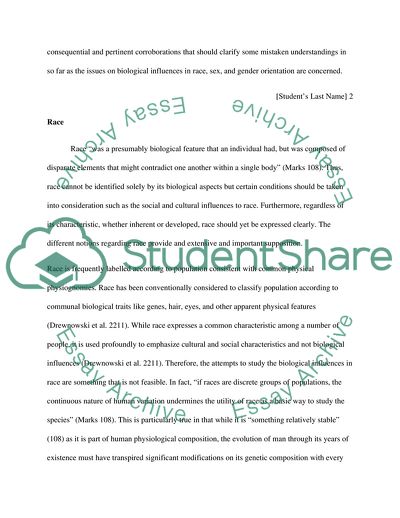Cite this document
(The Persons Unique Characteristic Case Study Example | Topics and Well Written Essays - 1250 words - 1, n.d.)
The Persons Unique Characteristic Case Study Example | Topics and Well Written Essays - 1250 words - 1. https://studentshare.org/biology/1788523-how-race-gender-and-sexual-orientation-appeal-to-some-underlying-biological-influences
The Persons Unique Characteristic Case Study Example | Topics and Well Written Essays - 1250 words - 1. https://studentshare.org/biology/1788523-how-race-gender-and-sexual-orientation-appeal-to-some-underlying-biological-influences
(The Persons Unique Characteristic Case Study Example | Topics and Well Written Essays - 1250 Words - 1)
The Persons Unique Characteristic Case Study Example | Topics and Well Written Essays - 1250 Words - 1. https://studentshare.org/biology/1788523-how-race-gender-and-sexual-orientation-appeal-to-some-underlying-biological-influences.
The Persons Unique Characteristic Case Study Example | Topics and Well Written Essays - 1250 Words - 1. https://studentshare.org/biology/1788523-how-race-gender-and-sexual-orientation-appeal-to-some-underlying-biological-influences.
“The Persons Unique Characteristic Case Study Example | Topics and Well Written Essays - 1250 Words - 1”. https://studentshare.org/biology/1788523-how-race-gender-and-sexual-orientation-appeal-to-some-underlying-biological-influences.


